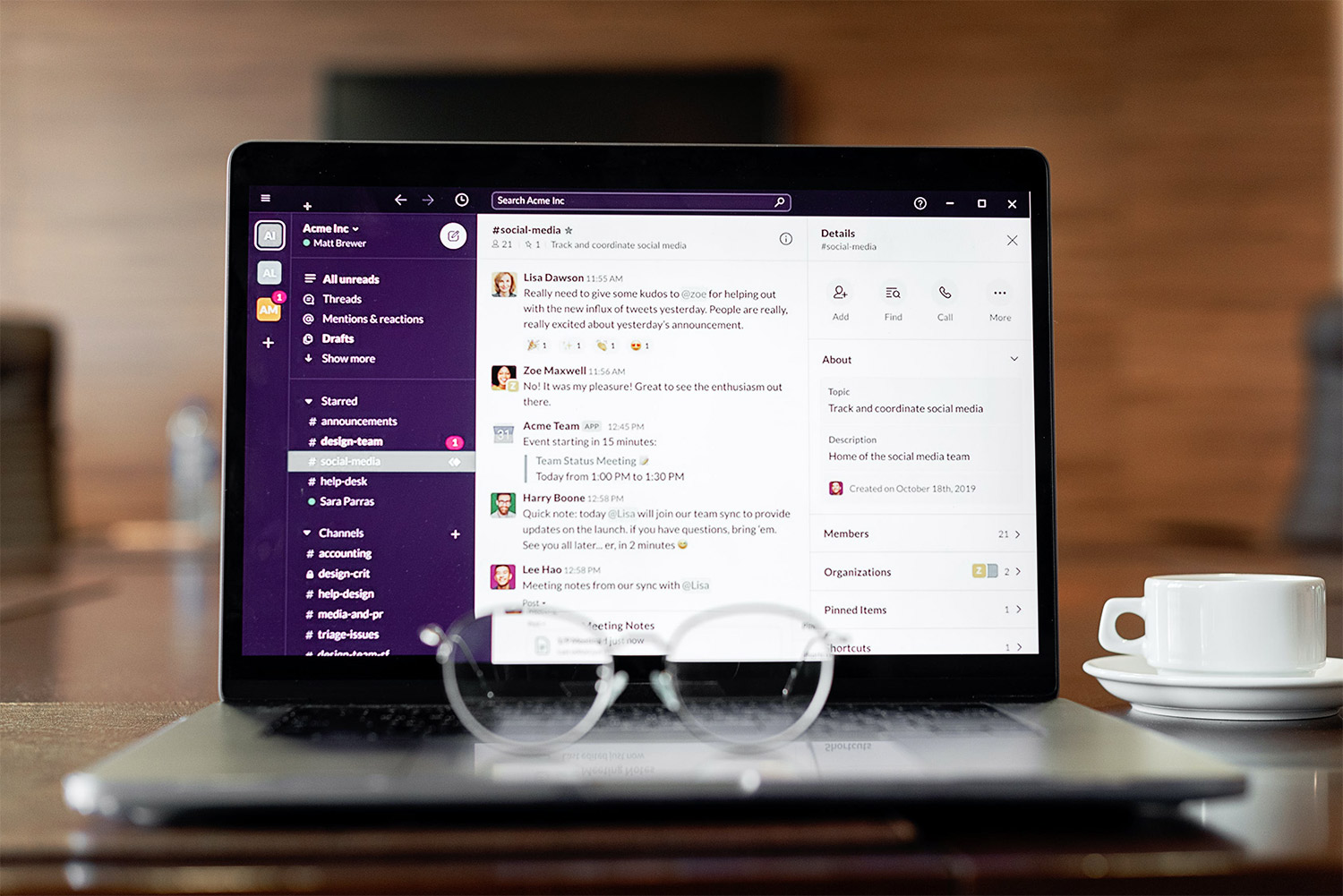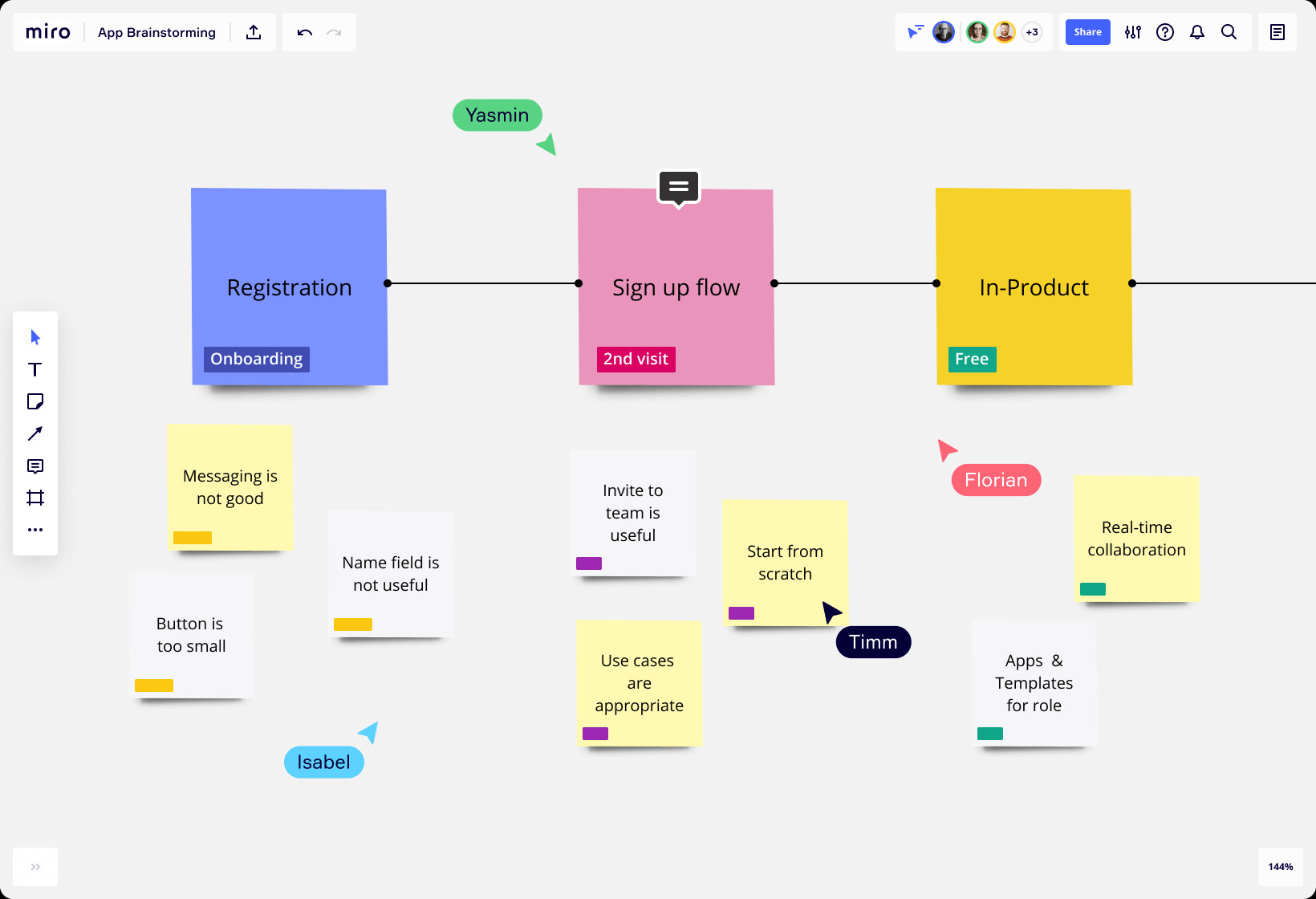9 Virtual Meeting Alternatives To Avoid Zoom Fatigue

Have you been looking into virtual meeting alternatives for your remote team?
As you’ve probably already experienced, Zoom fatigue is real. Virtual meetings require a lot of mental energy, and they can quickly drain your team and stress them out.
After all, your team has to meaningfully contribute, listen to each other, and pay attention to nonverbal cues and body language during a video call. They also have to maintain eye contact the entire time.
Multiply this by every 1:1, team standup, and check-in you have on the schedule, and your remote employees may be on the verge of burnout.
Since this time in meetings could be much better spent in blocks of uninterrupted, focused, deep work, we have a few ideas that may help.
These virtual meeting alternatives will boost your team’s productivity and collaboration without letting anything fall through the cracks.
But First, Have You Prioritized Asynchronous Communication Yet?
If your remote company wants to support mental health in the workplace, the first thing you’ll want to do is prioritize asynchronous communication.
With this communication style, employees aren’t pressured to stay “on” to answer messages or attend last-minute virtual meetings around the clock.
They’re free to send and respond to messages, requests, and tasks as they’re able and focused to do so. This releases them of the anxiety around connection and encourages better communication as a result.
Bonus: Asynchronous communication significantly reduces the need for virtual meetings and reduces work from home burnout.
That’s why many of today’s virtual meeting alternatives fall under the asynchronous communication umbrella.
If you’re not already using this communication model, make that your first step today.
Once you understand the basics of asynchronous communication, the following virtual meeting alternatives will become even better than a video call.
9 Virtual Meeting Alternatives To Help You Avoid Zoom Fatigue
Before you schedule yet another video call, see if you’re better off using one of these nine virtual meeting alternatives instead:
1. Scheduled (Audio Only) Phone Calls (and Walk-and-Talks!)
Audio-only phone calls are making a huge comeback in the remote workplace. They’re much less stressful than on-camera virtual calls and give employees a break from their screens.
That’s why many remote teams have started to schedule Walk-and-Talks, where employees are encouraged to take a walk around their neighborhood during the call.

This boosts communication and mental health scores. But to make phone calls work for your remote team:
- Always schedule calls in advance, so employees can block out time in their schedule and prepare notes or questions. Let them know it’s just a phone call, and they won’t have to be on camera (yay!).
- Set definitive start and end times. Stick to a 20-minute time frame, max. Make sure to tell invitees when you’re going to call in their time zone and yours to eliminate confusion.
- Prepare an agenda and send it ahead of time, just like you would for a virtual meeting. This ensures calls stay on track and attendees know what’s being discussed (rather than being out-of-the-loop).
- Invite no more than three people to the call. Unlike virtual meetings, where you can see who wants to speak next, it’s much more challenging to anticipate speaking turns over the phone. Limit your attendees to keep your calls organized and allow everyone a voice in the conversation.
Try not to overuse phone call meetings, as they can be just as distracting as video calls. You may also want to rotate your invitees so employees don’t feel left out.
2. Email
Email goes out of fashion when new communication tools enter the workplace and comes right back in favor when everyone gets burned out with using them.
But this classic communication tool can be ideal for your team, especially if you’re working across different time zones.
Email is best for conveying quick information, instructions, and client feedback.
However, long-winded, confusing emails are more likely to be misinterpreted, if they even get read at all.
That’s why your email communication must be:
- Crystal clear. Ask yourself whether someone has room to misconstrue your instructions or information. Can you make anything more straightforward or easier to understand?
- Concise. As soon as someone has to scroll down to finish your message, you’ve probably already lost their attention. Keep your messages short and to the point!
- Thoughtful. What questions do you anticipate receiving after you send this email? See if you can put yourself in your recipients’ shoes and address potential questions, comments, and concerns within your message.
If anyone has any further questions, ideas, or comments, end your email by letting them know you’d be happy to discuss the matter further.
3. Direct Message (DM) In Slack or Your Preferred Communication App
Messages to your team, a department, or a single employee are highly effective for communicating a quick question, thought, brainstorming follow-up, status update, and more.

Remote employees typically respond to DMs within a few minutes or hours, which tends to be faster than email. But make sure to encourage your employees to set healthy boundaries at work remotely, so they don't feel pressured to respond ASAP.
Even though DMs are a more casual way of getting in touch, they should still remain professional. You’re not DMing your crush on Instagram, so pretend like you’re talking to someone at the senior level. Always use complete sentences, avoid slang and abbreviations, and provide all the information someone needs to get started on your request.
4. Start a Thread In Your Project Management Software
Starting a comment thread in your project management software may help you completely eliminate the need for status update meetings.
Tools like Trello, Asana, and Monday keep your projects and task lists organized in one centralized location, with each team member assigned to their respective duties and deadlines. As such, anytime you add a comment, everyone involved will receive a notification.
This helps limit irrelevant messages and seamlessly records conversations, ideas, and project progress in real-time. And it also gets everyone to collaborate productively when your team is remote.
You may want to have your remote employees follow a daily or weekly status update protocol like looks something like:
- What I’ve Accomplished / What I’m Currently Doing / What I Plan To Tackle Next
- Current Task / Obstacles I’m Facing / Wins I’ve Made
- Progress on Daily Goal / Progress on Weekly Goal / Current Challenges
These will streamline your project updates/check-ins to make virtual meetings all but unnecessary.
5. Utilize Collaborative Markup Features
Working in shared collaboration tools like Google and Microsoft Word means everything your team creates opens a line of communication.
When someone shares a Google Doc or Sheet, for example, your team can leave comments on the exact words, paragraphs, ideas, images, or lines in the doc. You can also add memos, explanations, questions, links to outside resources, and more.
Everyone invited to collaborate will see and get to respond to these comments in real-time. And that could wipe out the need for a virtual meeting to discuss these.
If you’re working in Google, try turning on “Suggesting” mode. Then you and your team can leave your suggestions within the original doc, and the owners/creators can either accept or deny them.
The software tracks and saves comments and additions, so you always have the most updated file to work and collaborate in. Each team member will also have everyone else’s suggestions in one place, without having to look through email chains or Slack threads to make edits.
6. Record a Video To Share
Recording videos is one of the hottest trends in the remote work world, and for good reason.
Free apps like Loom, Vidyard, CloudApp, and Soapbox allow employees to record themselves, their screens, or both.

You and your team can create quick videos to explain specific processes, train people on new protocols, teach them how to use a new tool, give a presentation, and more.
Basically, all the things you’d probably be doing in a virtual meeting -- but better.
Recording a video and sending it to your team means they can watch it on their own time instead of being present for a meeting. They can also pause, take notes, rewind to watch a part they missed, and refer back to these videos later if they have questions.
Get in the habit of saving these videos, and you can use them every time you onboard a new remote hire to get them up to speed quickly and easily.
7. Send Out Surveys
Surveys are becoming more mainstream for remote companies because they’re a fast way to capture honest, actionable feedback from your crew.
And if you want to manage a high-performing remote team, you have to learn how to listen to suggestions and put good ideas into practice.
Surveys give teammates a frictionless, anonymous route to voice concerns they may not feel comfortable sharing during a virtual meeting. And they provide introverted team members or new hires with a chance to speak up.
Free survey options like Google Forms, Typeform, and SurveyMonkey allow you to create questions, ask for feedback, and address issues you’d typically hold a meeting to discuss. Using them will help you capture more well-thought-out answers and give you time to analyze the collective results.
8. Brainstorm With an Online Whiteboard
Brainstorming sessions are one of the most common reasons for virtual meetings. But what if you could gather everyone around a virtual whiteboard instead?
Miro and MURAL both make this activity fun and productive.
You’ll be able to spitball ideas in the virtual space and share visual thoughts without awkward silences or people talking over each other.

Your remote employees can add sticky notes, draw images or diagrams, add links to shared docs for reference, and make collaboration less stressful.
Add a prompt to your whiteboard, invite everyone to contribute, and watch the creative juices flow!
9. Create a FAQ Sheet or Add To Your Knowledge Base/Company Wiki
If you’re considering scheduling a virtual meeting to explain a new company process, initiative, or policy, you may want to write an FAQ sheet instead.
Outline your message at the top, then address any potential questions employees might have underneath.
Pin this document to your appropriate Slack channels, email it to the team, share it to your Google Drive/Dropbox, and let everyone know where to check it out.
You should add this one-pager to your internal knowledge base/company wiki too.
You’ll avoid having to repeat the same information to multiple people and have a resource both new and current employees can access in the future.
Now Go Test These Virtual Meeting Alternatives with Your Remote Team!
Virtual meetings are fantastic for connecting remote teams, socializing, and touching base. But when they’re overused, they can lead to burnout and create more stress than productive, focused work hours for your team.
These virtual meeting alternatives help you save time for the video calls that actually matter and take higher priority.
So before you schedule your next Zoom call, see if using one of these other resources makes a smarter choice. Your remote team will thank you!
And if you must hold a video call, you should at least learn the top 7 best practices for leading effective virtual team meetings next.